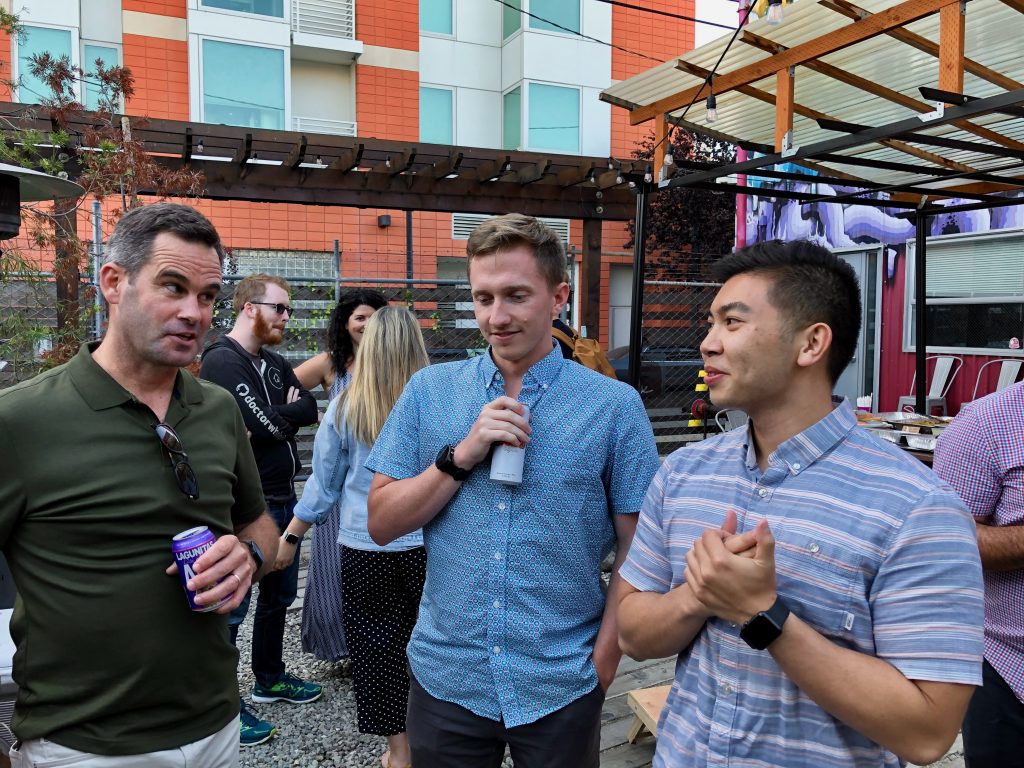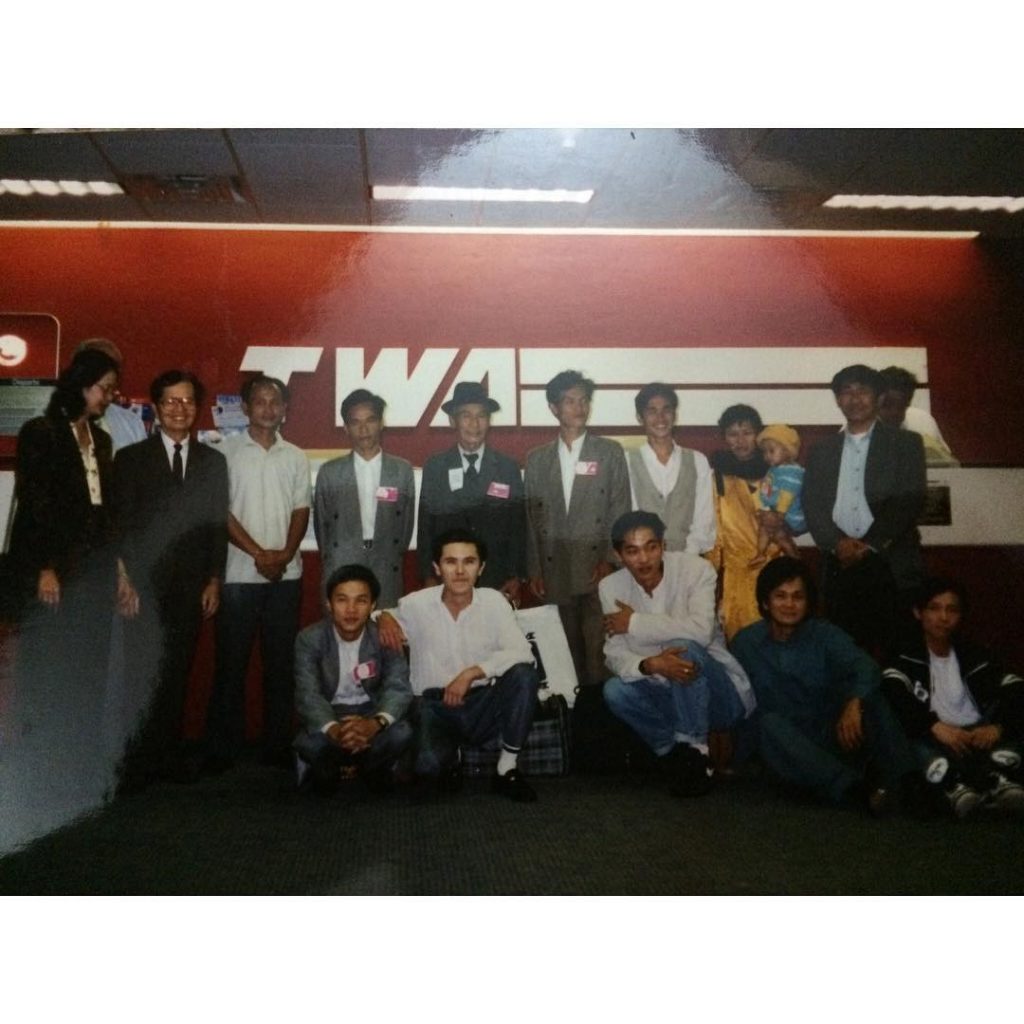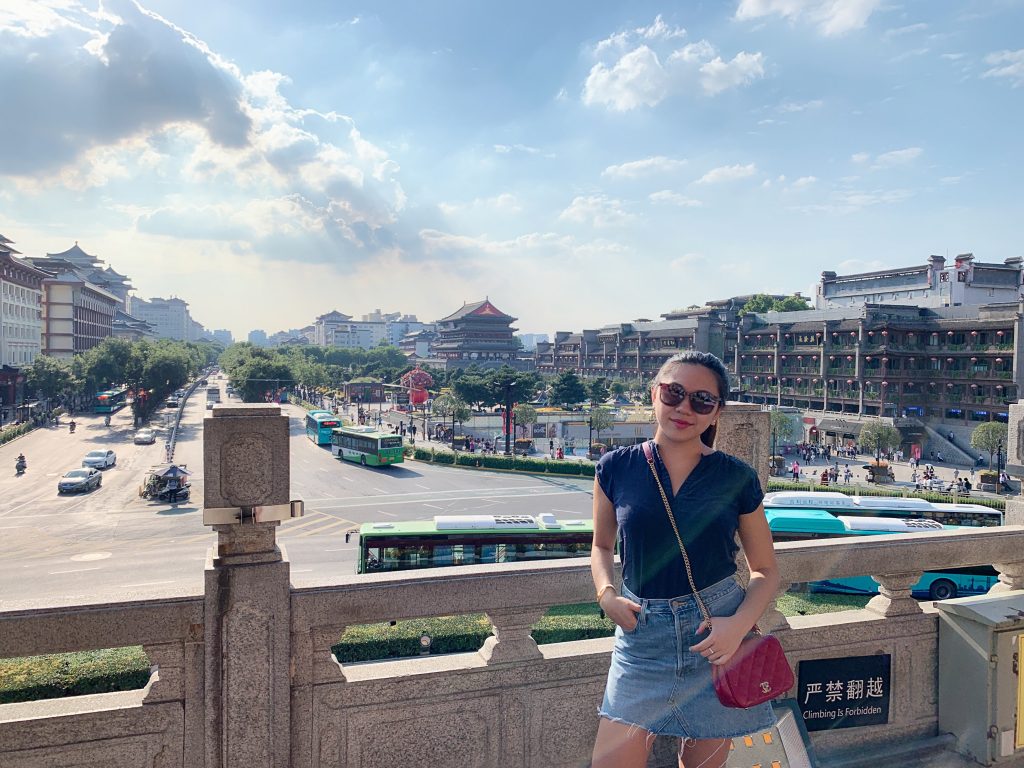Originally introduced by Congress in 1978, Asian American Pacific Islander (AAPI) Heritage Month (May 1 – May 31) as we know it today has been in place since 1990 and celebrates the impact, contributions, and experiences of the AAPI community to the United States. The Month of May was chosen to commemorate the arrival of the first Japanese immigrant to the United States in 1843 and to mark the completion of the Transcontinental Railroad in 1869.
As we celebrate AAPI Heritage Month, we’d like to use the Seismic Blog as a space for education, sharing, and listening. We asked some of our colleagues to share their thoughts about identity and authenticity in the workplace. These are their responses.
Bringing your true, authentic self to work
When I started my career in tech, I often heard ‘’bring your whole self to work.” At the time, I thought this meant coming into the office, making small talk, and sharing details about my personal life or plans for the weekend. I’ve come to realize that, while these types of interactions with coworkers are important, there’s so much more to bringing your whole self to work.
To be truly authentic in the workplace, I believe one must be willing to share highlights and lowlights. This means having the courage to take risks and speak up—not just about work-related matters, but also more personal topics such as societal issues. It means incorporating your whole identity into every interaction and being who you really are at all times, not who you think your colleagues want you to be. But, this isn’t always easy—vulnerability can be uncomfortable, especially in the workplace.
It requires a leap of faith to trust that our colleagues are willing to accept our most vulnerable selves. However, once we move past the initial hesitation, being our authentic selves allows us to do our best work. It breaks barriers, builds more genuine connections, and enables colleagues to collaborate and thrive together.

I experienced this firsthand when I took the leap and shared a post on LinkedIn that detailed my personal experiences as an Asian American in the professional world. I was shocked, amazed, and grateful for the response I received. Coworkers who I worked with every day and those I’ve never spoken with reached out to me to share how they were moved by my story or to share similar experiences. I’d never felt so connected to my workplace—and likely wouldn’t have, had I not taken that leap of faith.
I am proud to work for a company that empowers and encourages its employees to bring their true selves to the workplace. As a Solution Consultant, an Asian American, and everything that makes me who I am, I’m proud to bring my authentic self to work every single day.
Khiet Tran | Solution Consultant, Customer Success
The diversity of Asian-American identity
Many at Seismic know me as Jennie, but may be surprised to learn that my first name is Hanh. Jennie is the American name I took when I started high school, because I was tired of my name being mistaken for a man’s, or having to explain how to pronounce my name. My go-to was “Hanh like Han Solo”.
My Vietnamese first name, Tuyet Hanh, means “the virtue of purity,” a vision my parents had when we emigrated to the US—it was symbolic of a new start on a new land.
Most people may not realize the range of experiences between immigrant and native-born Asian Americans. Even within these two groups, there are many subgroups that people identify with such as “immigrating to the US as a young child”.

One major distinction is that most of us who identify as such, have been told that we are neither fully Asian nor fully American. At home, I spoke Vietnamese, ate Vietnamese food, and watched Vietnamese shows. At school, I spoke English, tried to comprehend Shakespeare, and fangirled over Beyonce’s ‘Crazy in Love.’ It took me well into my adult years to discover that my Vietnamese and American sides can co-exist.
I have embraced my cultural identity more since I started working at Seismic. It is refreshing to express my viewpoints without fear of judgment. The support I’ve received at Seismic has allowed me to grow in my career while remaining true to who I am.
Jennie Nguyen | Team Lead, Solution Consulting
How cultural diversity enables change in the workplace
One of the most significant intersections between my cultural identity and workplace identity is change.
I have been familiar with change since I was a child. Born in China, I moved between Canada, the United States, and China five times, which gave me the opportunity to be immersed in all three cultures.
From a young age, I learned to set goals, work hard and develop discipline. I focused a lot on adapting and assimilating because I moved every few years—I’ve lived in Vancouver, Guangzhou, New York, Hong Kong, London, and Toronto. I learned to adapt quickly to foreign environments, understand and appreciate different cultures, while also becoming fluent in English, Cantonese, and Mandarin. I had to find my own identity in an ever-changing environment.
My cultural experiences have fueled my determination in the workplace and molded me into the curious and driven Asian woman I am today.

Joining the Seismic team virtually—through the acquisition of Grapevine6 (now LiveSocial)—has taught me that being resilient and adapting to change is a life skill that is more necessary than ever. The transition has been a challenge, especially during a pandemic. However, my resilience and unique upbringing have allowed me to acclimate to Seismic and become a responsible and hard-working BDR who thrives in a fast-paced company.
As an Asian BDR at Seismic, I am excited about sharing my culture with my colleagues. Sometimes, it takes courage to be authentic, however, working with different people has taught me that being Asian means I can offer a different perspective.
My international upbringing and experiences enable me to bridge cultural differences in both personal and professional settings. Sharing cultural tidbits about Dim Sum and Lunar New Years’ traditions are informal ways of bridging the gap between cultures. On a corporate level, my perspective can help explore cross-border opportunities. These are important steps to raise awareness for Asian culture to invoke change by normalizing equality and inclusion.
Katherine Jiang | Business Development Representative, Sales
Fostering understanding across diverse experiences
It’s incredibly difficult to boil down identity to a simple, straightforward feeling. The complexities of our personal and professional experiences create infinite permutations that inform what each of us brings to the table.

If any one of my experiences was slightly different, I know I’d have a different perspective than my current one. When this understanding is applied to a group of individuals, the challenge to reconcile our diverse perspectives and meet common objectives becomes clear.
As a result, it’s often easier to withhold our perspectives, due to a fear of being different, creating conflict, or impeding progress. The book “Noise: A Flaw in Human Judgment” illustrates how difficult it can be for individuals to make a similar judgment, much less make the right judgment. If we struggle to reach similar conclusions, how do we build shared understanding in our day-to-day interactions?
If we embrace our shared struggle to build shared understanding, it creates an opportunity for each of us to bring our authentic selves to the workplace. In an environment where we seek to understand before being understood, everyone has space to bring their full experience and perspective to the group. Whether it’s cultural heritage or the million other influences that make each of us unique, when we bring our full identity and seek to understand those around us, we have an incredible opportunity to move one step closer to meeting our common objectives.
Prateek Reddy | Director, Value Engineering
We’ve compiled several resources as a starting point to further inform and, hopefully, guide continued education and research on AAPI history, spotlights, contributions, and current challenges.
- AsianPacificHeritage.gov
- Important Asian American Events in 4 Minutes (video)
- Asian | How You See Me (Video)
- “I’m Asian, so I can never be American”
- Netflix: Celebrate Asian American & Pacific Islander Stories
- Forgotten by Society – How Chinese Migrants Built the Transcontinental Railroad
- How Asian Americans and Pacific Islanders Contribute to the U.S Economy
